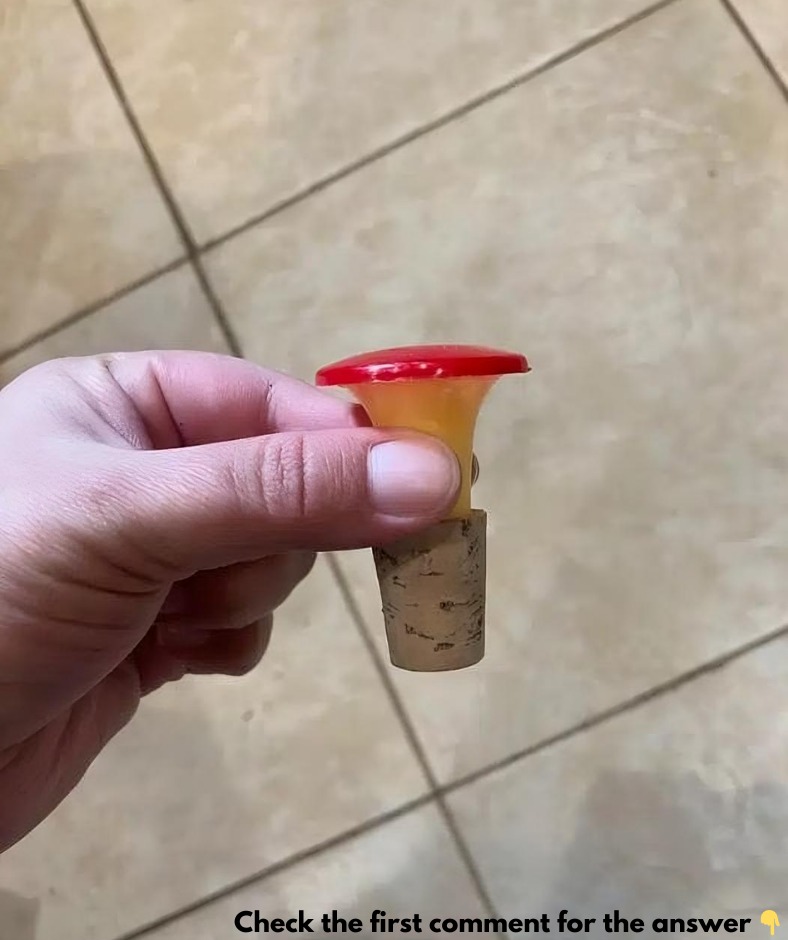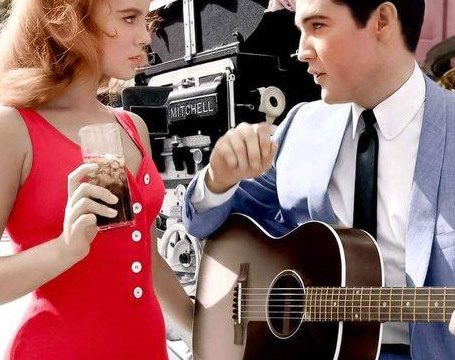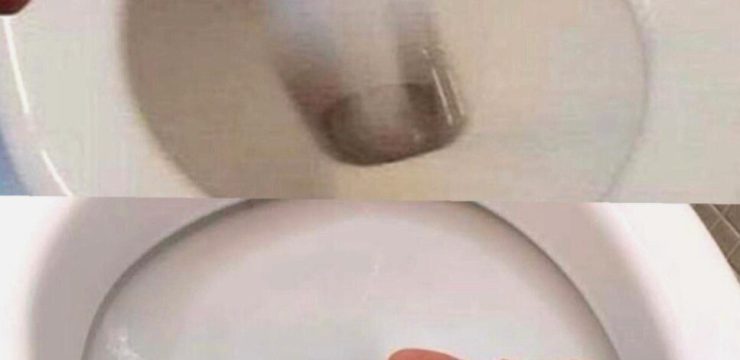Before steam irons became a household staple, sprinkler bottles were the must-have tool for getting clothes wrinkle-free. These bottles, once an essential part of laundry day, were used to dampen fabric before ironing. Although they may seem like relics of the past now, for collectors, sprinkler bottles hold a unique and timeless charm. In this article, we’ll dive into the history, practicality, and the growing collector interest in these fascinating vintage items.

What Were Sprinkler Bottles Used For?
To understand the significance of sprinkler bottles, let’s step back to the time before steam irons were common. In those days, ironing required an extra step—dampening the fabric to help release wrinkles more effectively. The most efficient way to do this was by using a sprinkler bottle.
At first, many households repurposed glass soda bottles, inserting a cork with holes in the top to create a simple sprinkler. While this homemade solution was functional, people soon wanted something more attractive. Manufacturers responded by producing sprinkler bottles in materials like ceramic, glass, and plastic, which quickly turned these items into decorative household essentials.
The Role of Sprinkler Bottles in Home Ironing
On ironing day, just heating up an iron wasn’t enough. Clothes had to be sprinkled with water before ironing, and then they were often rolled up and stored in the refrigerator to maintain the dampness. This prevented the fabric from drying out or souring before ironing and made the entire process more effective. Sprinkler bottles provided a way for homemakers to evenly distribute water over clothing, making wrinkles easier to press out.
These bottles weren’t just used for deep ironing sessions; they also came in handy for quick touch-ups. This versatility made them indispensable in households before the invention of steam irons. Whether a simple glass soda bottle or a decorative ceramic design, sprinkler bottles played a significant role in keeping clothes looking neat and crisp.
The Transition to Decorative Sprinkler Bottles
As decorative home goods became more popular, sprinkler bottles evolved from basic household tools into collectible art pieces. Manufacturers started crafting these bottles in an array of shapes, colors, and sizes to appeal to homemakers who wanted both style and practicality. Ceramic sprinkler bottles became especially popular due to their colorful designs and detailed craftsmanship. Some were made to look like whimsical animals, charming characters, or everyday objects, adding a fun twist to their practical use.
Eventually, people began collecting sprinkler bottles, not just because they were useful but also because of their artistic value. This shift marked the beginning of sprinkler bottles becoming coveted collector’s items rather than just laundry tools.
The Collector’s Market for Vintage Sprinkler Bottles
Today, vintage sprinkler bottles from the 1940s and 1950s are highly sought after by collectors. The market for these bottles is driven by factors such as condition, quality, rarity, and aesthetic appeal. Although their practical use has long since faded, the nostalgia and craftsmanship behind these bottles make them a cherished piece of history for many.
Collectors particularly value bottles that have minimal damage, although some natural signs of aging—like crazing (fine cracks in ceramic glazes)—are expected. Finding a bottle in pristine condition, free of chips or discoloration, is rare and makes the piece even more valuable. A well-preserved sprinkler bottle is truly a gem for any collector’s shelf.
Starting Your Own Sprinkler Bottle Collection
If you’re thinking about starting your own collection, sprinkler bottles can make for a fun and rewarding hobby. They vary in height, typically ranging from 6 to 9 inches, and come in various materials, with ceramic and glass being the most popular among collectors. Many of these bottles are vintage originals, but modern replicas are also available. If you’re interested in collecting, it’s important to verify authenticity, as some replicas can closely mimic the originals.
One of the greatest joys of collecting sprinkler bottles is the sheer variety available. Whether you prefer bold, vibrant designs or more classic, understated styles, there’s a sprinkler bottle for everyone. Many collectors start with just one or two pieces and then find their collections growing over time. Personally, I began collecting in 2011 after discovering a lovely turquoise Clothespin sprinkler bottle at the PITCA (Pressing Iron and Trivet Collectors of America) Convention. Since then, my collection has grown to over a dozen bottles, each with its own unique history and charm.
Rare and Valuable Sprinkler Bottles
Some sprinkler bottles are especially valuable due to their rarity or unique history. For example, the California Cleminsons Fireman, a ceramic sprinkler bottle from the 1950s, is a highly prized item among collectors. An original Cleminsons Fireman can sell for over $1500, but replicas are also available for those who love the design. In my collection, I have a replica Cleminsons Fireman made in 2011 by Sammie Roberts of Fresno, California. Though it’s not an original, it’s beautifully crafted and holds a special place in my collection.
For serious collectors, reference books such as Collectibles for the Kitchen, Bath & Beyond by Krause Publications are valuable resources. This book features a 22-page chapter dedicated to sprinkler bottles, highlighting the most collectible designs in ceramic, plastic, and glass.
Tips for Caring for Your Sprinkler Bottle Collection
If you decide to collect sprinkler bottles, taking proper care of them is essential to maintain their condition and value. Here are some tips to help you keep your vintage pieces in top shape:
- Avoid Direct Sunlight: Keep your bottles out of direct sunlight to prevent colors from fading over time.
- Handle with Care: Many sprinkler bottles, particularly ceramic ones, are fragile. Be sure to handle them carefully to avoid chips or cracks.
- Clean Gently: Use a soft cloth to wipe your bottles. If deeper cleaning is necessary, avoid harsh chemicals that might damage the surface or glaze.
By following these simple guidelines, you can ensure your sprinkler bottle collection remains in excellent condition for many years to come.
Conclusion: A Piece of History with Lasting Appeal
While sprinkler bottles are no longer commonly used in households, they hold a special place in the history of homekeeping. From their functional beginnings to their transformation into decorative and collectible items, sprinkler bottles offer a glimpse into a time when even the most mundane tasks were completed with a touch of creativity and care.
For collectors, these vintage bottles are far more than just kitchen tools—they are works of art, nostalgic reminders, and pieces of history. Whether you are drawn to the intricate designs, the vivid colors, or the stories behind each piece, starting a sprinkler bottle collection can be an incredibly rewarding experience. The next time you’re browsing through a flea market, antique shop, or online auction, keep an eye out for these charming vintage items—you just might find the perfect addition to your collection.





